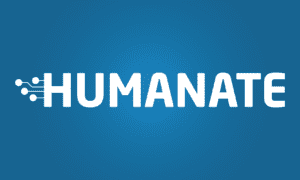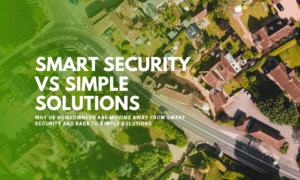The healthcare industry is undergoing a digital transformation, embracing technologies like telemedicine, cloud-based health records, and IoT medical devices. However, this progress also introduces significant cybersecurity risks. Independent researcher Venkadesan Perumal explores how Zero Trust Software-Defined Wide Area Network (SD-WAN) is emerging as a powerful solution to enhance both security and efficiency in the medical sector.
The Shift to Zero Trust Security
Traditional network security models operate on the assumption that everything within a network perimeter is safe. However, with the rise of cyber threats targeting healthcare data, a more advanced approach is necessary. Zero Trust SD-WAN operates on a “never trust, always verify” principle, ensuring that every user, device, and application undergoes continuous authentication before accessing sensitive information.
Identity-Based Security Measures
One of the key innovations of Zero Trust SD-WAN is identity-based access control. Unlike conventional networks that grant access based on location or device, Zero Trust requires every entity to authenticate itself at multiple checkpoints. This approach is particularly critical in healthcare, where unauthorized access to patient records can have dire consequences. By integrating multi-factor authentication and behavioral analysis, healthcare providers can significantly reduce data breaches.
Continuous Authentication for Secure Access
Healthcare professionals often work in high-pressure environments, moving between different facilities and accessing patient data from multiple locations. Zero Trust SD-WAN implements continuous authentication, ensuring that access is verified throughout a session rather than just at login. This mitigates risks like session hijacking and unauthorized credential use while maintaining operational efficiency for medical staff.
The continuous verification process integrates seamlessly with clinical workflows, allowing for immediate access revocation when suspicious activities are detected.
Encrypted Data Transmission for Patient Safety
Healthcare data breaches frequently originate from unencrypted data exchanges. Zero Trust SD-WAN delivers comprehensive encryption across all network connections—between hospitals, remote facilities, telehealth services, and cloud repositories. This protection extends beyond patient confidentiality to include administrative data, research information, and third-party communications. By implementing end-to-end encryption, healthcare organizations establish a security foundation that satisfies regulatory requirements while defending against increasingly sophisticated cyberthreats targeting vulnerable medical infrastructure and sensitive patient records.
Intelligent Network Performance Optimization
Beyond security, Zero Trust SD-WAN enhances network performance by implementing dynamic path selection. This technology continuously monitors network conditions and directs traffic through the most efficient routes. For healthcare applications like telemedicine and real-time imaging, this ensures low-latency, high-quality connectivity, even in remote locations.
Prioritizing Critical Healthcare Applications
Healthcare networks must support a diverse range of applications, from patient monitoring systems to administrative databases. Zero Trust SD-WAN enables Quality of Service (QoS) controls, allowing healthcare providers to prioritize critical applications such as electronic health records (EHRs) and emergency response systems over less urgent traffic.
Overcoming Implementation Challenges
Adopting Zero Trust SD-WAN in healthcare does come with challenges, particularly regarding legacy medical devices. Many older devices lack modern security features, making them vulnerable to cyber threats. Organizations implementing Zero Trust strategies often use network segmentation to isolate these devices, ensuring that a security breach in one area does not compromise the entire network.
Balancing Security with Clinical Workflows
While security is paramount, excessive authentication prompts can hinder clinical efficiency. A well-implemented Zero Trust SD-WAN balances security with user convenience by employing contextual authentication—adjusting security requirements based on user behavior, device type, and location. This prevents unnecessary disruptions while maintaining robust protection.
The Future of Healthcare Innovation
As the healthcare sector continues to adopt emerging technologies, Zero Trust SD-WAN will play an increasingly critical role. With the expansion of Internet of Medical Things (IoMT) devices, artificial intelligence in diagnostics, and distributed care models, secure connectivity is more essential than ever. By integrating Zero Trust principles with SD-WAN, healthcare organizations can ensure that innovation and security progress hand in hand.
In conclusion,Zero Trust SD-WAN represents a transformative shift in how healthcare organizations secure their networks. By eliminating implicit trust and continuously verifying access, this technology not only enhances security but also optimizes network performance for critical applications. As Venkadesan Perumal highlights, implementing Zero Trust SD-WAN is a strategic step toward ensuring safer, more efficient healthcare delivery in an increasingly digital world.

































